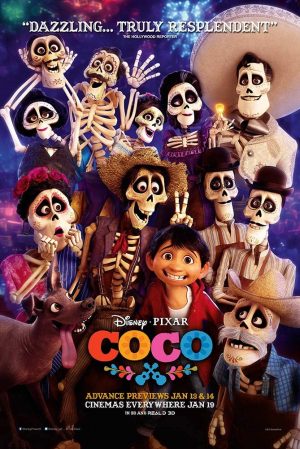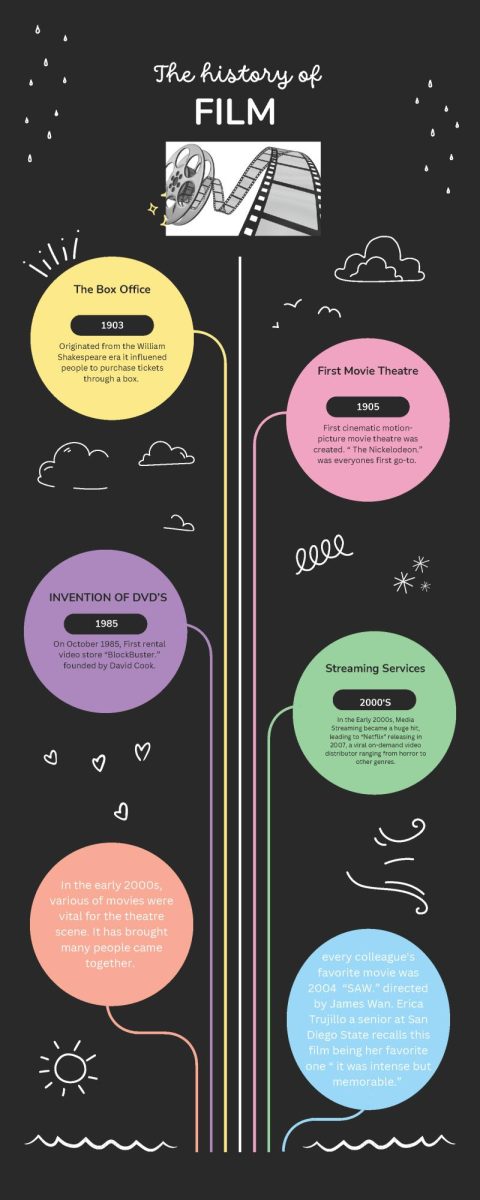Traditionally, Hollywood has had no shortage of well-rounded male characters throughout the history of American cinema. While not only dominating the market in sheer numbers, the portrayal of men in film — whether hero or villain — rarely lacks in authenticity, imagination or diversity. The same cannot always be said of the fairer sex.
According to research conducted by the Annenberg School For Communication and Journalism, in film, only one female is visible to every 2.24 males, and only 23 of the speaking roles in the action genre come from a female voice. These figures seem almost improbable when taking into consideration the recent spurt of girl power-ladened epics like “The Hunger Games” and “Divergent.”
These vestiges were in direct conflict with the ever-present, yet marginalized, leather jumpsuit-clad heroine singularly fighting alongside a sea of uber-powered male demigods theme that ran rampant in 2014. In blockbuster films like “Captain America: Winter Soldier” and “Guardians of the Galaxy,” the most powerful weapons in these femme fatales’ arsenals are their sexuality and guile. One cannot help but wonder if these characters continually get the best of their male counterparts because of their intellectual prowess, or if the plunging neckline and thigh-high boots dress code they all incessantly subscribe to is what really gives them their edge.
It is almost impossible to please an audience that demands accurate and concurrent representations of femininity in movies when the definition itself draws an almost infinite amount of conclusions. Grossmont College Media Arts professor and independent filmmaker Silvia Luz said: “The live action genre naturally asks for the protagonist to be a strong person. But with a girl protagonist, she’s expected to be even bigger and even stronger than the men to stand next to them. And even then, after all of that, the women are told that it does not work because now they are not believable .”
Surprisingly the whimsical world of storybook make-believe seems to be a rare exception to the rule with films like “Frozen,” the epic 2013 animated tale of two estranged sisters, and Disney’s 2014 live-action “Sleeping Beauty” prequel, “Maleficent,” that reexamines the meaning of true love. The modern-day princess in peril no longer requires the kiss of a prince to be her salvation if she is truly loved by her sister or a lifelong friend. These characters present the duality of stereotypical feminine grace in a floor length gown, along with exhibiting the boldness to challenge the status quo and venture beyond the protective gates of the royal palace, in a fashion that has almost always been been an exclusively male trait.
“A new model of the girl protagonist is raising in animation,” Luz said. “Children have a huge scope in front of them now, through their access to technology, and are becoming more and more sophisticated. Disney, and especially Pixar films, are becoming more adult in terms of storylines.
“They are starting to realize that they can not rely on the same patterns of the perfect world where the girls sing songs and wear dresses in the tower while the boys go out into the world and fight dragons for them,” she added.
Perhaps the best way to broach this subject is to understand that no one role, character, or cinematic archetype is a total representation of all women as a whole. Hollywood seems to have gotten the message. While only in the cusp of 2015, we have already been presented a slew of female lead options; for example the live-action “Cinderella” remake premiering March 13, and “Mad Max: Fury Road,” starring Oscar-winner Charlize Theron, hitting theaters mid May. At first glance, these two films may seem to portray the oversimplified female dichotomy template; the porcelain doll-faced Stepford wife with the impossibly thin waistline, and the asexual she-beast who can roll with the guys but never actually gets one. But Hollywood has been known to surprise us lately, whenever we choose to look beyond the surface.

















